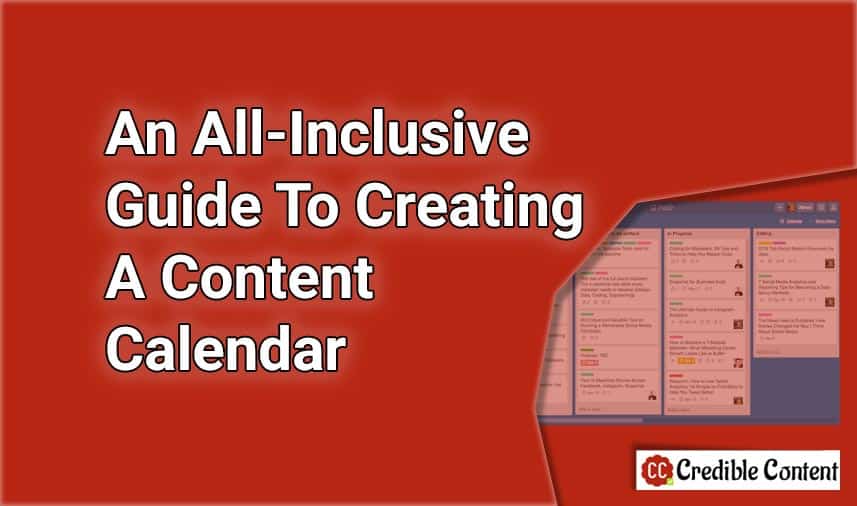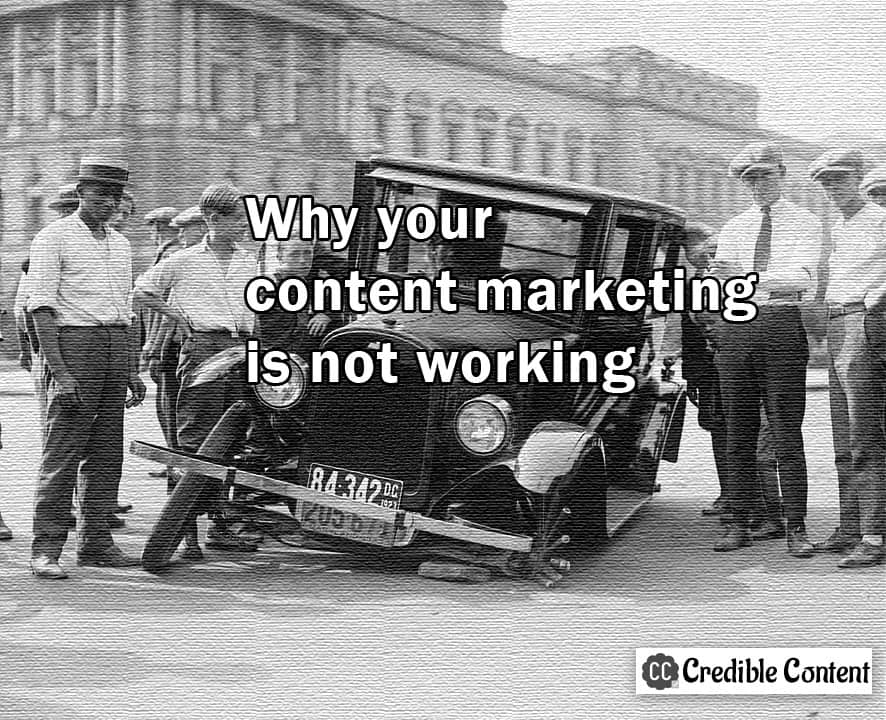Content marketing benefits your business from multiple angles. In many cases content marketing doesn’t deliver because people are not consistent with it. They don’t understand content marketing.
It is equal to maintaining your visibility. In a crowded marketplace, how do you maintain your visibility? You cannot campaign one day, or for a few days and then get on with your regular business while other businesses are constantly promoting themselves or new businesses are entering the market.
People forget about your business fast. There are many things to make them forget your business, especially on the Internet.
Therefore, content marketing is an ongoing phenomenon. It is not a “campaign”. It is an activity that must go on as long as your business survives and as long as you need attention from your prospective customers and clients. The benefits of content marketing that you accrue from a few campaigns don’t last for long.
It goes for every campaign on the Internet. Your search engine rankings don’t last if you’re not persistent with your SEO. Your social media presence does not last if you’re not constantly active and engaging your audience. People forget about your newsletter if you don’t broadcast regularly and on routine. Your traffic plummets if you don’t publish fresh content on your website or blog.
If you are persistent, content marketing certainly pays, and it pays better than conventional advertising.
So, what are some well-known benefits of content marketing for your business? Here they are:
Increases customer loyalty
Persistent content marketing helps you create brand awareness. People come across your content regularly. They begin to trust you. When it comes to choosing between doing business with an unknown business and a familiar business, they choose to work with a familiar business. This increases your customer loyalty.
Better SEO
Improved search engine rankings are a natural outcome of ongoing content marketing. You publish more content. You publish targeted content. Google regularly crawls and indexes your content. You cover more of your keywords and search queries. You write on your topics. You increase the knowledge wealth of your website and blog. This increases your search engine rankings.
Increased search engine visibility
When your rankings improve, you become more visible on search engines like Google. You get more traffic. These further fuel your rankings and after a while, it becomes a self-sustaining phenomenon.
Greater trust among your audience
Familiarity builds trust. When people regularly come across your content through your blog, through newsletter broadcasting, on search engines and on social media, there is a greater trust factor. With greater trust, people readily do business with you.
Marketing becomes less expensive
Content marketing is way less expensive than traditional marketing. You increase your visibility organically over a long period of time. Search visibility sustains. When you are persistently publishing content, your search engine rankings improve, and they remain high. Once you begin to engage your audience on social media websites, they feel more connected.
You don’t need to pay for your online visibility. You don’t need to pay for your search engine visibility. After a while, content marketing is practically free.
Higher conversion rate
When you publish and promote your content people have more reasons to visit your website multiple times. This increases your conversion rate. Rarely people buy from you when they visit your website or blog for the first time. On the other hand, if they visit your website or blog multiple times, they buy from you.
Even bigger companies with massive marketing budgets are switching over to content marketing not just because of the cost factor, but also because of effectiveness. Content marketing has a greater ROI. The audience reach out exercises are meaningful. There is greater trust. There is more engagement. It’s especially beneficial for small businesses.




